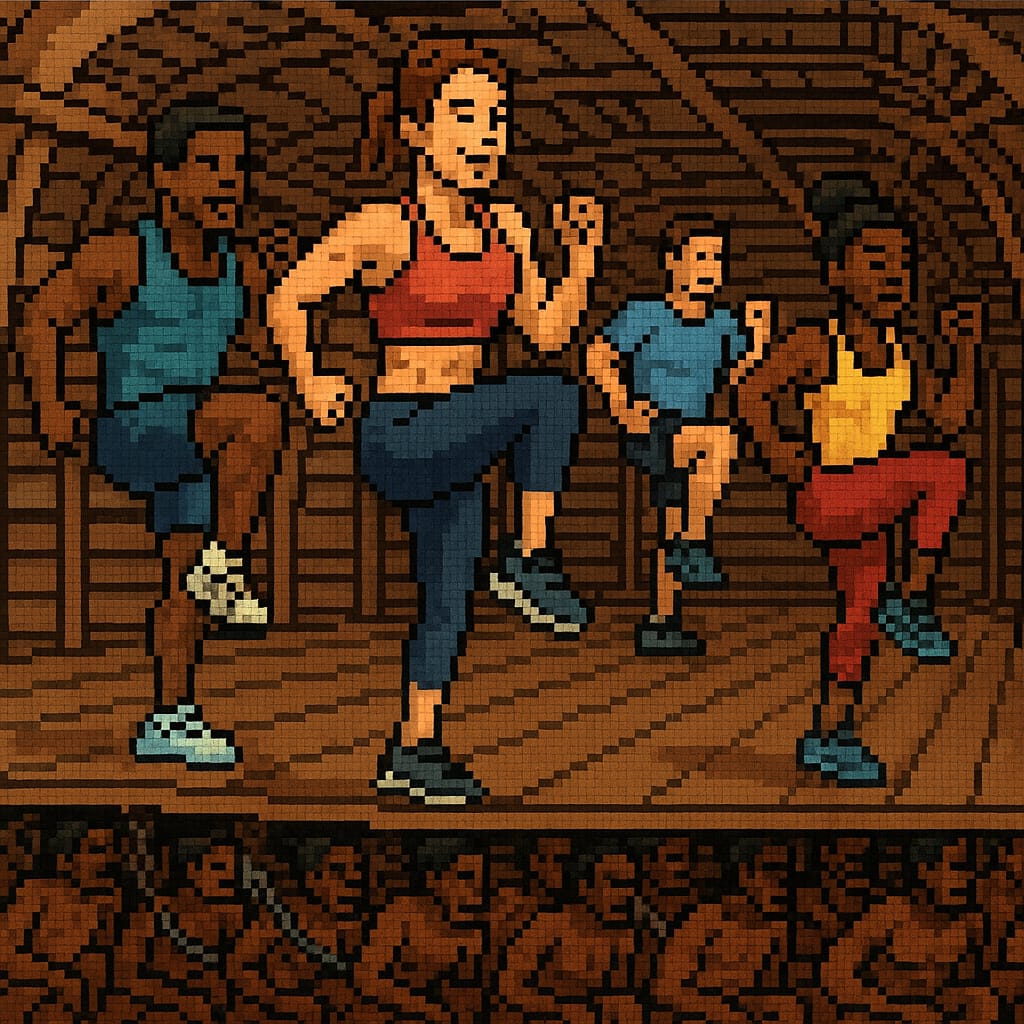Considering that we spend most of our lives in dream states – experiencing the sometimes vivid, sometimes vague images, thoughts and feelings that beleaguer us when we sleep – it might be baffling to many that we do not quite know why we dream.
Some theories think of dreaming as the banal secretarial work of our haunted brains, sorting out data and processing information in the immurement of their cerebrospinal cubicles. Freud granted dreams a bit of agency, thinking of dreams as repositories and guardians of repressed emotions and thoughts. The advent of computers helped create another metaphor to understand dreams as clean-up apps, de-cluttering the brain for a new round of experiencing. And then evolutionary theorists gave dreams the prestige of being an ancient mechanism that emerged from the need to simulate threatening scenarios and navigate the best means for our survival.
But when Alethea woke up from bed yesterday with dirt under her nails, Ej told me about a widely respected local interpretation of dreams. It is said that children go off to play in multiple worlds when they sleep, and that their sullied nails are evidence for that. I laughed it off as myth, and proceeded to give Alethea a bath. But then I wondered about that idea – dreams as playgrounds. In a sense, the one thing that seems to connect the aforementioned theories of dreaming is the inviolability of the self. Dreaming is taken for granted as private activity – stuff that happens in our heads. With one single self.
But then how do we account for mountains of credible scientific ESP research that discuss the telepathy of dreams – where people are able to communicate with each other even at a distance, through their dreams? What if dreams are where we meet other lives – human and nonhuman? What if the ‘self’ – this infuriating thing our modern lives are premised upon – is not coherent or absolutely boundaried at all? What if the self is diffracted, spread out, fractal, rhizomatic? What if dreams are evidence that we are not practitioners of experience as such, but practices ourselves? Practices of a larger self-ing process that enlists the experiments of leaves in wind, rumoring bees and ebbing tides? What if we ask poor questions when we seek the purpose of dreams? Maybe dreams are how the meaning and worth of purpose are reiterated and substantiated. Maybe dreams are a parliament of many life forms, engaging in broken conversations, discussing in a mangle of becoming.
If these are ‘true’, why would dreaming be relegated to the moments we are asleep? But then, what if it is not? What if the madness of dreams innervates our waking moments as well – so that there is no fundamental distinction between wakeful and non-wakeful states of consciousness?
Far from being a resolution to the riddle, I think this notion of dreaming as a very public affair enables us to make quantum leaps in our thinking about thinking – giving us room to listen closely to the many voices that show up when we sleep. Perhaps an economy that associates sleeping with good-for-nothing laziness and loss of productivity, or treats sleep as a pit stop to refuel for the race, could learn a thing or two from those twinkly-eyed Indian mothers who know that a lot more work happens when we are knocked out.
















